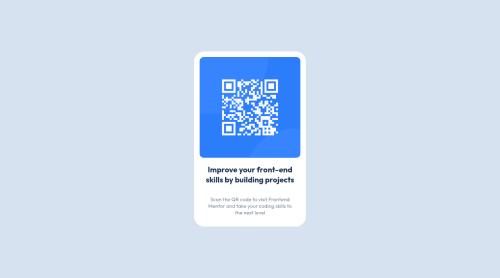card-responsive-html-css

Please log in to post a comment
Log in with GitHubCommunity feedback
- @correlucas
👾Hi @kaledmolina, congratulations on your solution!👋 Welcome to the Frontend Mentor Coding Community!
Great solution and a great start! From what I saw you’re on the right track. I’ve few suggestions for you that you can consider adding to your code:
- To maintain the card responsive use
max-widthinstead ofwidththis way you allow the content to be flexible. The difference betweenmax-widthandwidthis thatwidthis fixed andmax-widthhas a maximum size but can shrink to fit the content. - I saw that for some properties you’ve used
remand for otherspx. In this case, it is better to use only one kind of unit to have a better organization for your code.relative unitsasremoremhave a better fit if you want your site more accessible between different screen sizes and devices.REMandEMdoes not just apply to font size, but to all sizes as well. - Clean your code by removing some unnecessary divs, most of the content can stand alone without a div. Use div only for blocks that need a special alignment or the content needs a special positioning.
- Add a margin of around
margin: 20pxto avoid the card touching the screen edges while it scales down. - Use relative units as
remoreminstead ofpxto improve your performance by resizing fonts between different screens and devices. These units are better to make your website more accessible. REM does not just apply to font size, but to all sizes as well.
Here's my solution for this challenge if you wants to see how I build it: https://www.frontendmentor.io/solutions/qr-code-component-vanilla-cs-js-darklight-mode-nS2aOYYsJR
✌️ I hope this helps you and happy coding!
- To maintain the card responsive use
Join our Discord community
Join thousands of Frontend Mentor community members taking the challenges, sharing resources, helping each other, and chatting about all things front-end!
Join our Discord